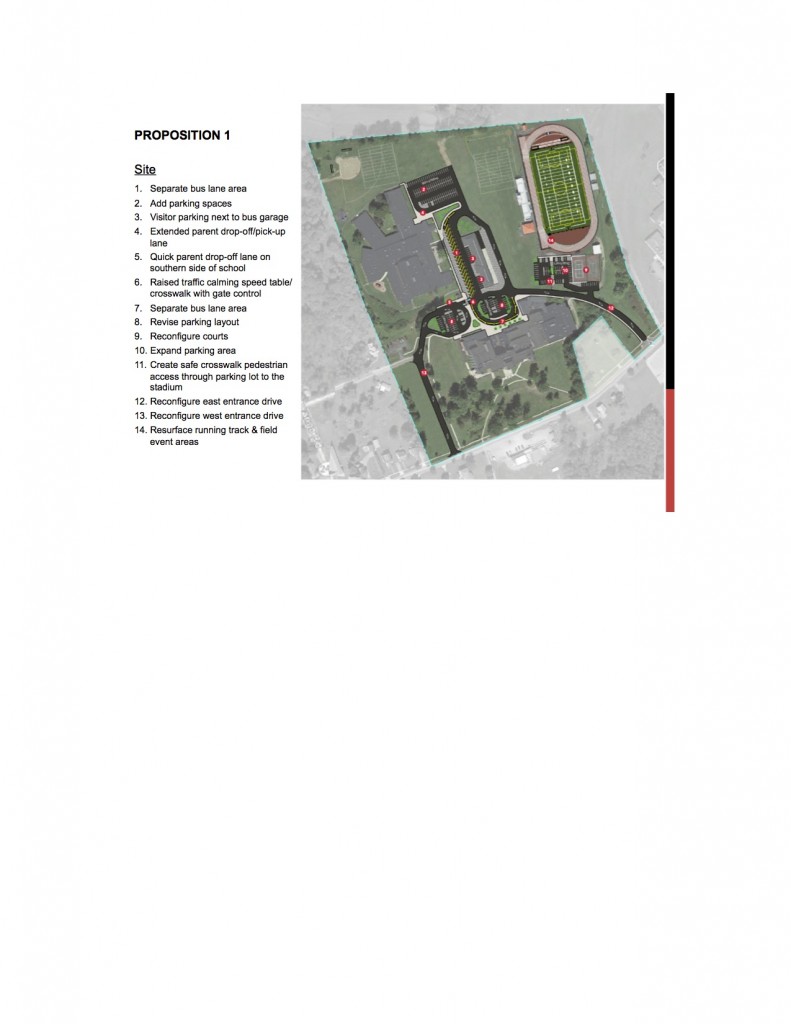In the media, on blogs and twitter, I continue to read that one of the main arguments against the NYS 3-8 assessments is that they are totally secret– that there’s no information available to our teachers about how their students did so how does it inform their instruction– that we can’t see the test questions.
These statements are simply not true. We had our results on August 14, 2014. We shared them with our teachers last summer. They used the results, along with what they knew from our iReady adaptive testing and diagnostic instruction, to plan for the 14-15 school year.
Let me say it again. We do know how our students did on the test questions as they are tied to the standards. We have information about how our RCS students did on the test, how they did as compared to other students across the state by question, and we know what standard each question was tied to so we don’t need to see and analyze the actual test questions. Isn’t it better to focus on the learning standards than to try to teach to the test?
We use this information to make instructional decisions about our curriculum for the following year. We analyze which learning standards the majority of our students missed. Our curriculum coordinator and administrators analyze the results-but more importantly, our teachers analyze the results. As an example, last year our 7th grade students scored poorly on questions that were tied to ELA standards on poetry. That was certainly an easy fix, as our 7th grade ELA teacher looked at it and said, “well that makes sense since I never got to the module on poetry.”
Further, when teachers identify that a majority of students miss questions, they can often find them here. I would go so far as to suggest that NYSED posted the questions which were most frequently missed as I was talking with a curriculum coordinator in another district who found every single question that the majority of her students grades 3-8 missed. Then she sat with her teachers and they unit planned for the year to ensure that each grade level made the right curricular decisions.
So why do so many people think we have no access to information about the results? Do other districts not know how to access the data through the (WNY)RIC? Is there not an administrator in every district to access this information and share it with teachers? We’re small and we have a curriculum coordinator, Jamie Berg, who works with our CIO, Mike Frame, and our admin team to get this information out of the NYSED portal. . .we were able to analyze this at an admin retreat on August 14, 2014.
Why, then, do so many people continue to say that we don’t have access to information about how our students performed on the NYS math and ELA assessments?


